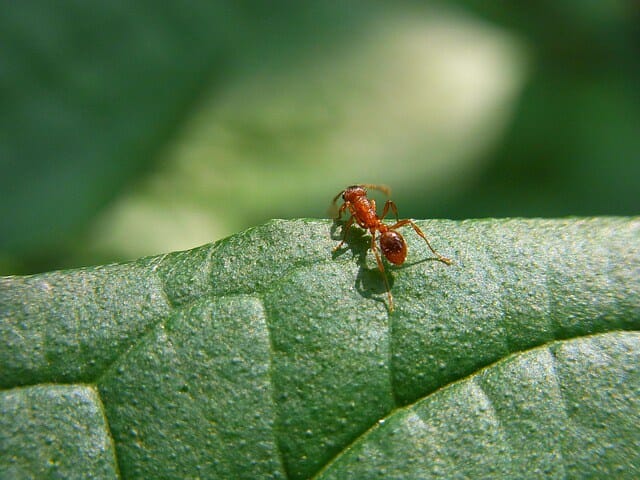Tiny sensor the size of a flea could save lives
- December 9, 2015
- Posted by:
- Category: Posts with image

Researchers create a miniature temperature sensor that runs on radio waves and may change the way we live and work.
It’s the smallest temperature sensor in the world, a little larger than your average flea, and about half the size of your typical red ant.
And as BGR reports, this new creation by researchers at the Eindhoven University of Technology in the Netherlands needs no battery to operate.
The chip draws power from radio waves, and uses those same waves to communicate, BGR said.
“As a result, the chip doesn’t need a battery and never needs to be charged, representing a major leap forward for the Internet of Things and for electronics in general,” the report reads.
This tiny device may have the power to save lives. Randy Cleland with Archer Security Group said some of the first applications could be temperature sensing for places where wires are not possible or practical.
“I foresee new environmental safety products for electric sector workers,” Cleland said. “Monitors pick up unsafe conditions to warn workers and supervisors.”
He suggested the sensors could make a new safety system for miners and other industrial workers.
“Disposable ones dropped throughout a coal pile and in coal bunkers would warn of hot spots,” Cleland explained. “Utility engineers will use ‘sticky’ sensor chips to measure and assess many equipment and system issues.”
You may also end up with the sensors in your own home, he said.
“On the customer side, these sensor chips will provide feedback advancing the capabilities of today’s WiFi-enabled thermostats and household appliances,” Cleland said.
Researchers think the same technology can be used to create other sensors that measure things like movement, light, humidity and more, BGR reported, and ultimately, the sensors could be “painted” onto walls.
Patrick C. Miller with Archer Security Group said we can expect more of these kinds of technological advances.
“Technology will eventually disappear,” he said. “This is not to say that our lives will be devoid of technology, but quite the opposite. We will be swimming in it.”
Miller said technologies will continue to be miniaturized, and will be embedded into virtually every aspect of our lives.
“These next-next-generation interconnected miniature sensors, actuators, etc., will be the fabric of things,” he added. “At some point, we will be able to bridge the organic gap and these ‘technologies’ will literally have lives of their own.”
BGR Story http://bgr.com/2015/12/08/iot-devices-sensors-no-battery-radio-waves/
